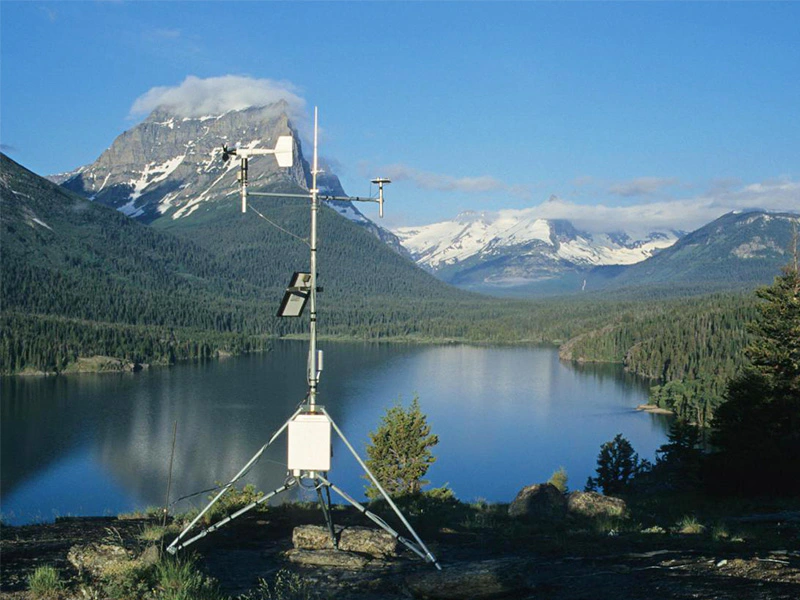
html
Meteorological Station Data Analysis for Weather Forecasting
Weather forecasting has become an essential part of modern life, helping us plan our daily activities, agricultural operations, and even disaster preparedness. At the heart of accurate weather predictions lies the data collected by meteorological stations worldwide. These stations serve as the backbone of weather monitoring systems, providing real-time and historical data that meteorologists analyze to forecast weather conditions.
The Role of Meteorological Stations
Meteorological stations are equipped with various instruments to measure atmospheric conditions such as temperature, humidity, wind speed, wind direction, precipitation, and atmospheric pressure. These measurements are recorded at regular intervals, often hourly, and transmitted to central databases for analysis. The accuracy and reliability of weather forecasts depend heavily on the quality of data collected by these stations.
Key Components of Meteorological Data
The data collected by meteorological stations can be broadly categorized into several key components:
- Temperature: Measured using thermometers, this is one of the most fundamental weather parameters.
- Humidity: The amount of water vapor in the air, measured by hygrometers.
- Wind: Both speed and direction are measured using anemometers and wind vanes.
- Precipitation: Rain gauges measure the amount of rainfall, while more advanced stations may measure snow accumulation.
- Atmospheric Pressure: Barometers measure this important indicator of weather changes.
Data Analysis Techniques
Modern weather forecasting employs sophisticated data analysis techniques to interpret meteorological station data:
- Statistical Analysis: Historical data patterns are analyzed to predict future weather conditions.
- Numerical Weather Prediction: Complex mathematical models simulate atmospheric processes based on current data.
- Machine Learning: Increasingly used to identify patterns and improve forecast accuracy.
- Data Visualization: Helps meteorologists quickly interpret large datasets through charts and maps.
Challenges in Meteorological Data Analysis
Despite technological advancements, analyzing meteorological station data presents several challenges:
- Data gaps due to station malfunctions or communication issues
- Variations in data quality between different stations
- The need to integrate data from multiple sources (ground stations, satellites, radar)
- Accounting for microclimates and local weather variations
The Future of Weather Forecasting
As technology advances, meteorological stations are becoming more sophisticated, with automated sensors, improved data transmission, and higher measurement precision. The integration of IoT technology allows for denser networks of monitoring stations, particularly in urban areas. These advancements, combined with more powerful computing resources for data analysis, promise to deliver even more accurate and localized weather forecasts in the future.
Understanding how meteorological station data is collected and analyzed helps us appreciate the complex science behind the weather forecasts we rely on every day. As these systems continue to evolve, we can expect weather predictions to become increasingly precise and valuable for various sectors of society.
Keyword: meteorological station